Forbidden Foie Grasfeatured
We hurried along in the cloak of darkness, skirting the lamp posts, our footsteps echoing on the wet cobblestone. We reached our destination, threw a quick look over our shoulders to make sure we weren’t being followed, and then approached the discreet door, solid, bolted. One long knock followed by three swift knocks.
Password: quack quack.
A foie gras dinner awaits.
I predict a healthy black market, astronomic prices, and a resurgence of speakeasy grilles in the door design world.
Vivid imagination aside, the morality of producing, serving, and eating foie gras is a hotly debated, emotional topic from both sides. At the crux of the matter is the practice of gavage, the use of a funnel inserted into the duck/goose’s esophagus to force-feed grain over the final few weeks of its life. Those in favor of the foie gras ban argue that the practice of gavage is cruel.
Those against the ban counter that the animals do not suffer from gavage because of a number of physiological reasons. The digestive tracts of duck and geese, and other similar water fowl, are made to accommodate the swallowing of large prey, whole. They lack a gag reflex. Their esophagus is not sensitive and is lined with keratin, not the delicate mucus membrane found in humans. Unlike humans, the opening of a duck’s trachea sits in the middle of their tongue. Because of this anatomical feature, their upper respiratory tract is not blocked during gavage, so they are able to breathe during the process.
High profile chefs have taken stances of the matter. In a letter to fellow California restaurateurs, Wolfgang Puck writes:
“As a chef, a businessman, and someone who cares about the humane treatment of animals, I’m writing to let you know why I support this particular law, and why I hope you’ll give it your full support, as well…We chefs have the ability to create delicious and original dishes our customers will love without causing torment to animals.”
Charlie Trotter has also vocally spoken out against foie gras, while Jacques Pépin calls California’s banning of foie gras:
“Totally ridiculous.”
The debate over the ethics of foie gras is full of passionate opinions, but California’s ban brings up another issue of choice.
Mark Pastore, co-owner of Incanto, brings this point to light:
“Reasonable people can disagree over the ethics of one’s chosen diet and the various practices of farmers, whether those farmers produce meat, fruits, or vegetables. Fundamentally, we believe that individuals ought to be free to determine how to live their lives, including their diet…
…We respect the right to oppose the production and consumption of foie gras. We relate to many of the reasons that some choose to do so. However, we no more cede control over our morality than we would presume to compel someone else to conform to our notions of how they ought to live their life. We do not grant permission to someone who has no legal, moral, or spiritual authority to impose their beliefs upon us, whether that person is demanding we adopt their point of view regarding foie gras, abortion, or what books we should read. These are all personal choices and should remain so.”
While many restaurants have already started taking foie gras off their menu, others have done the exact opposite, choosing to honor the luscious lobe with special foie-centric menus. From the looks of the sold-out events, the countdown to July 1 has foie gras lovers eager to indulge while they can.
Through the end of May, Dishcrawl is hosting a Foie Battle — a series of intimate foie gras dinners featuring various chefs at secret locations throughout the Bay Area.
I attended one of these dinners last week at Txoko (pronounced CHO-ko). The Basque-inspired restaurant is owned by Ryan Maxey and chef Ian Begg, the same guys behind Naked Lunch (and its claim to fame, the Foie Gras & Duck Prosciutto Sandwich).
Cocktails by bar master Jason Brown are creative and dangerously tasty. I tried the Cool Hand Luke Fizz, made with Fighting Cock Bourbon, bitters, Mexican Coke, and frothy egg whites. Basically, a bourbon float. Happy times. I’m already looking forward to future pintxos-laden happy hours so I can sample a few more of Brown’s concoctions.
Our decadent meal started off with a Glazed Marin Miyagi Oyster floating in a pool of foie gras cream, garnished with pickled cucumber, a chiffonade of anise-y flavored shiso, and vibrant droplets of chili oil. The starter was well-balanced and full of bright flavors to whet our palate. My dining partners and I all noticed that the foie gras cream had a familiar tang to it. After a few moments of flipping through my brain’s Filofax of flavor recognition, I had the answer: White Cheddar Cheez-Its. There was unanimous agreement that I was indeed spot-on correct. We called Ryan over to confirm. He insisted the cream was just made of foie renderings and cream…let’s just agree to disagree, Ryan. We know there’s pulverized Cheez-Its in there.
Next came a Salt Cured Foie Gras Torchon with toasted almonds, muscato gelee, and arugula, over toasted pain de mie and slices of meyer lemon. The flavor of the foie gras torchon was beautiful, like salted butter set out on a path of seduction. The muscato gelee was a playful touch, cool on the tongue and brought out the sweetness of the meyer lemon.
Then our table was graced with a Pan Seared Day Boat Scallop, nestled over velvety potato coulis and hen of the woods cooked in a foie gras sauce fragranced with sage. The foie flavor was subdued in this dish and had to be sought out. The hen of the woods shone.
The big foie finish was the Petit Sale, a, eye-popping portion of gorgeously seared Foie Gras a la Plancha, over a bed of creamy beluga lentils, fava beans, green garlic, and mirepoix. A few rosettes of sweet duck jamon (translation for Italians: duck prosciutto) adorned the plate. The crowning jewel was a perfect crispy puff of 4505 chicharrones. The dish was at once fresh and Spring and luxuriously rich.
I know you’ve been wondering this whole time how a foie gras dessert would pan out. The answer is Foie Gras Ice Cream. Before you cringe, hear me out. I’ve tried sweets made with duck fat before…and it is a fine line. It takes restraint and the right flavor pairings to make it work. Txoko’s Foie Gras Ice Cream succeeds in doing just that. The foie flavor in the ice cream is subtle, so that you’re delighted when you look for it. It tastes vaguely of toasted nuts and coconut milk. The ice cream base is made with cream and foie gras renderings (similar to the foie cream in our first course, minus the Cheez-Its of course). Caramel-y prunes in syrup and bits of buttery shortbread cookies accompany the ice cream for a perfect ending to the meal.
From now until July 1, you can savor your forbidden foie gras at Txoko – their signature dish on the regular menu is Foie Gras a la Plancha, served with golden raisin sauce, caramelized Brussels sprouts, pain de mie, and duck prosciutto. They also offer a Four Course Foie Gras Prix-Fixe Dinner every Wednesday Night ($55 per person). The menu rotates on a weekly basis. All their foie gras is sourced from Sonoma Artisan Foie Gras.
Why not focus on responsible and humane farming? Crafting standards, promoting reform, supporting farmers who are treating their animals with care — that sounds like a more productive, long-term plan than outright prohibition. Ken Frank, chef of Napa Valley’s La Toque recently wrote to the Los Angeles Times:
“Let’s repeal AB 1520 [sic], which will create the biggest black market since Prohibition, and replace it with the world’s highest standards for humane foie gras. A black market removes any incentive to treat the animals well and focuses instead on “not getting caught.” To be clear, it will not help the ducks. I’m advocating a “win-win.” Every chef I know supports humane farming. We’ll be happy to work with Mr. Burton and others that support humane farming to craft standards that establish California as the global leader in Humane Foie Gras.”
“The biggest black market since Prohibition” may be an exaggeration, given the market size of people who consume foie gras is a fraction of those who consumed alcohol during Prohibition, but the point is made. There will be a black market, and what will be the consequences of it?
Foie for Thought:
- Dan Barber’s Foie Gras Parable on TED Talks:
Ecological, ethical, possible - Can Ethical Foie Gras Happen in America?:
The Goose Whisperer comes to New York - Sfoodie’s Foie Gras Countdown:
Where to get your foie fill before 7/1 - Russell Jackson, chef-owner of Lafitte, on How to Store Foie Gras:
Preparing for Foiemageddon
This post was published on KQED’s Bay Area Bites on April 13, 2012.


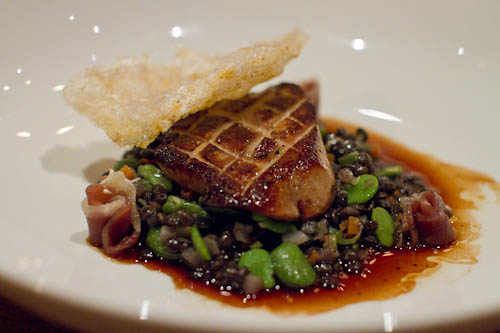


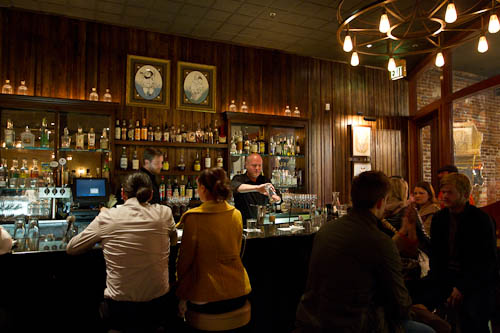
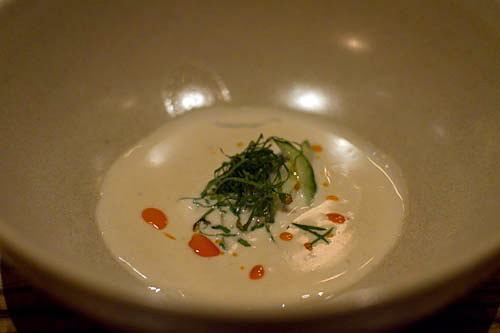
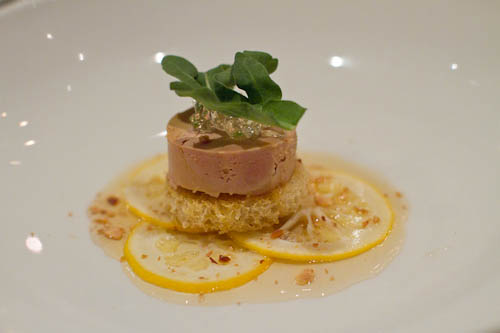


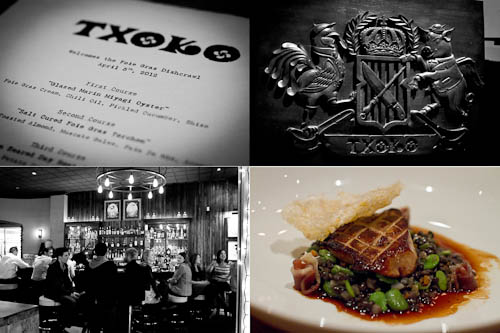
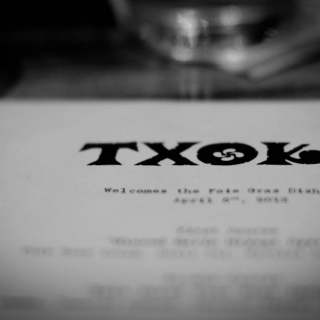

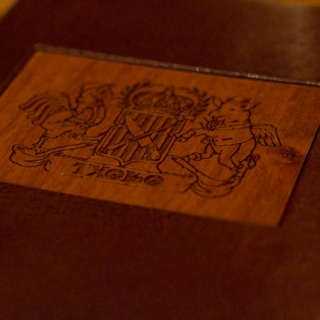



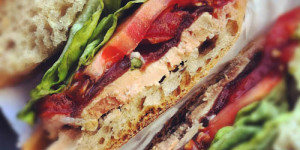


Add comment